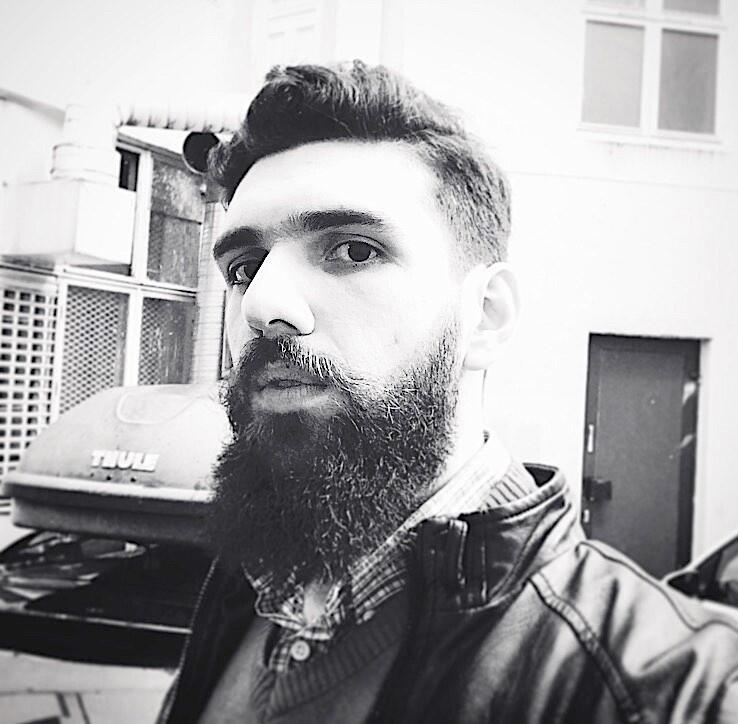Jhabriel Varela is joining the CSD as a Postdoc
Jhabriel Varela is now having a Post-doctoral position at the Department of Mathematics and his project is part of the Center for Modeling of Coupled Subsurface Dynamics. We met him to find out more about his background and the project.
Main content
Jhabriel, Welcome again to UiB!
Thank you very much. It is truly a pleasure to be part of the group, now as a Postdoc.
Since most of us don’t know you well, can you tell us a bit about your background?
Sure. I am originally from Asunción, Paraguay. I am married to Patricia, and we have a baby boy named Agustín, who soon will turn 5 months. I obtained my B.Sc. degree in Chemical Engineering in Paraguay and immediately worked as a research assistant for two years. After that, I obtained my M.Sc. in 2018 and my Ph.D. in June this year, both in Applied and Computational Mathematics, here at UiB.
In my master’s I’ve worked primarily on unsaturated flow in deformable porous media. And, in my Ph.D., I worked with mixed-dimensional models with applications to fractured porous media, both from a numerical analysis perspective where I worked with a posteriori error estimation and from a modeling standpoint where I proposed a new model for unsaturated flow in fractured media.
Why did you choose to pursue a Postdoc?
I decided to pursue a Postdoc because I truly enjoy researching, and it felt like it was the natural step after finishing a Ph.D. During my Ph.D., I gained a lot of knowledge, but to be honest, it felt a bit short. My aim is now to use all the expertise I gained to contribute to the MaPSI project as much as I can, while at the same time keep gaining new skills.
Your project is part of the CSD, can you tell us a little bit about your project?
My project will mainly focus on fracture propagation in the presence of multiple fluid phases. The topic deals with strongly coupled mixed-dimensional poromechanical partial differential equations, where fractures that are represented as lower-dimensional subdomains embedded in a matrix host can grow under certain thermo-hydro-mechanical conditions.
The fact that fractures can grow poses an extra layer of complexity to an already challenging problem. To tackle this problem, I will be using PorePy (our in-house open-source numerical software) to develop adaptive meshing strategies than can accurately capture the fracture evolution path.
